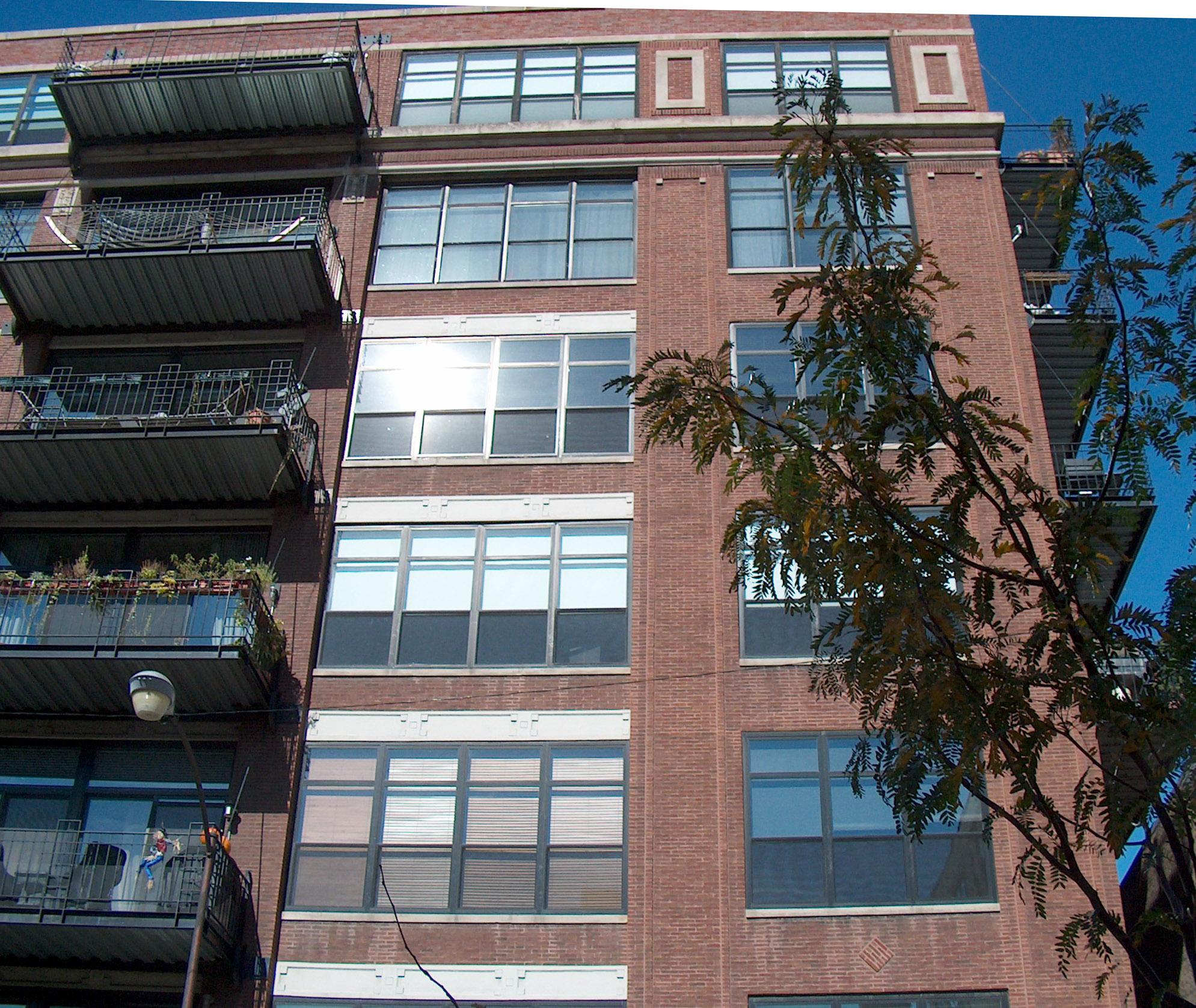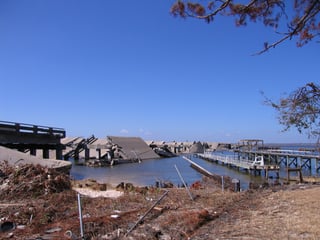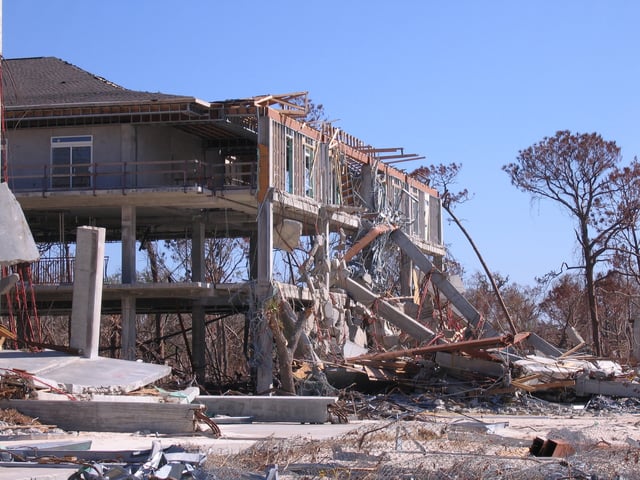
California passes new laws following Berkeley tragedy
[fa icon="calendar'] Sep 20, 2016 8:22:00 AM / by Adrienne K. Paskind, AIA
Berkeley took center stage in June 2015 when six students died tragically and another seven were injured after a balcony on which they were standing on collapsed.
As a result, the California Senate has passed a new law for the construction industry traced back to Berkeley balcony collapse. The bill was passed after a unanimous vote or 37-0 and is intended to close those accountability gaps by bringing stricter oversight to the construction industry.
Read More [fa icon="long-arrow-right"]New Orleans Pushes to Finish Last Big Storm-Surge Project
[fa icon="calendar'] Aug 17, 2016 7:00:00 PM / by Kenneth R Quigley, PE
 Since Hurricane Katrina first hit New Orleans in 2005, work has been ongoing to protect the city from future flooding.
Since Hurricane Katrina first hit New Orleans in 2005, work has been ongoing to protect the city from future flooding.
The Engineering News Record reported that the final step in building the permanent system will be completed in April 2017. As quoted from the article:
The $654-million Permanent Canal Closures and Pumps (PCCP) project now is the last major piece of the $14.6-billion storm risk-reduction system in low-lying New Orleans. The federally funded effort will give the city, which is from 2 ft to 20 ft below sea level, protection from a major storm that has a 1% annual chance of occurring, a so-called 100-year storm.
“The pre-Katrina system was a system in name only,” says Dan Bradley, Corps senior project manager for the PCCP project. “We’ve reduced [risk] by 35% with a true system approach to risk reduction.” Ricky Boyett, district Corps spokesman, adds. “Before, the canals were the first line of defense. Now, they are secondary."
Read more about the system by going to the full article here.
Read More [fa icon="long-arrow-right"]College students study sustainable architecture overseas
[fa icon="calendar'] Nov 12, 2015 11:48:42 AM / by Clark Griffith, AIA
In the current landscape, sustainability and green architecture and building are key. Just as important is learning from others across the globe who are facing similar challenges to those we have in the United States.
Reported by The Argonaut, University of Idaho College of Art and Architecture students went overseas to study sustainable architecture in Scotland, Glasgow, Wales and London, learning about how to integrate sustainable living practices with architectural design.
Read More [fa icon="long-arrow-right"]Flood protection design and construction since Katrina
[fa icon="calendar'] Nov 5, 2015 12:51:08 PM / by Kenneth R Quigley, PE
In the wake of the 10th anniversary of Hurricane Katrina earlier this year, Engineering News-Record reported on the current state of the flood protection system in place, and the changes that have been made since the storm.
"The fact that floodwalls around New Orleans were designed to be overtopped but remain standing says much about the post-Katrina hurricane-protection system that rings the city—and about the risks that those who live within that system still face.
Read More [fa icon="long-arrow-right"]A San Francisco hospital is using a unique substance to prepare for earthquakes
[fa icon="calendar'] Sep 18, 2015 12:21:40 PM / by Kenneth R Quigley, PE
As reported by CityLab last week, a San Francisco hospital is the first to use a unique substance to protect itself from possible future earthquake damage. The 7-foot wide wall panels made of "goo" are embedded throughout the structure to act like a shock absorber for the building.
"It has the consistency of chewing gum, the San Francisco Chronicle reports, and could keep the 15-story California Pacific Medical Center standing and fully operational during an event as big as the 1906 earthquake, which registered a magnitude of 7.8. The hospital, located about 7 miles from the San Andreas fault line, is the first building in the U.S. to use such technology.
Read More [fa icon="long-arrow-right"]On-Call Disaster and Catastrophe Response
[fa icon="calendar'] Aug 28, 2015 4:28:28 PM / by Robert Pfeifer, AIA
Putting Lives and Businesses Back on Track

When disaster strikes, the first thing most people do is to dial 911 resulting in the dispatch of police, fire, and EMT personnel. Soon after life-threatening emergencies are taken care of, homeowners, property landlords, and public officials turn their attention to issues of restoring properties and getting commerce going. Business and property owners and their insurance companies want to know: How bad is it, can it be repaired, when can repairs be made, and how much will they cost? CCA’s team has vast experience answering these questions whether the disaster is a single property or a wide-spread catastrophe such as hurricanes and earthquakes. CCA is used to responding quickly to our client’s needs.
What Will You Do When Your Mission-Critical Facility Goes Down?
[fa icon="calendar'] Apr 28, 2015 10:58:19 AM / by Robert Pfeifer, AIA
Risk assessment protects your operations when mission-critical buildings go offline.
Mission-critical facilities are the buildings that contain activities, devices, services or systems that if disrupted would have a devastating impact on a business, a community or on national security. Major data centers, Chicago’s O’Hare airport, Department of Defense facilities, your local fire department, or the buildings where Federal Exchange servers reside – all of these are examples of mission-critical architecture.
But of course, mission-critical facilities do fail. From natural disasters to terrorism to an explosion at an electrical substation, there are many threats that can cause a mission-critical building to go down. And while it is theoretically possible to protect a facility 100% against all threats, it is simply too costly for most organizations to provide that level of protection.
That is where risk assessment for mission-critical facilities comes into play. By performing a comprehensive assessment of the risks to your mission-critical building – and the costs of losing it temporarily – you can better prepare for the possibility of failure and protect your organization in the event a disaster occurs.
There are five steps involved in risk assessment of mission-critical architecture:
Read More [fa icon="long-arrow-right"]
